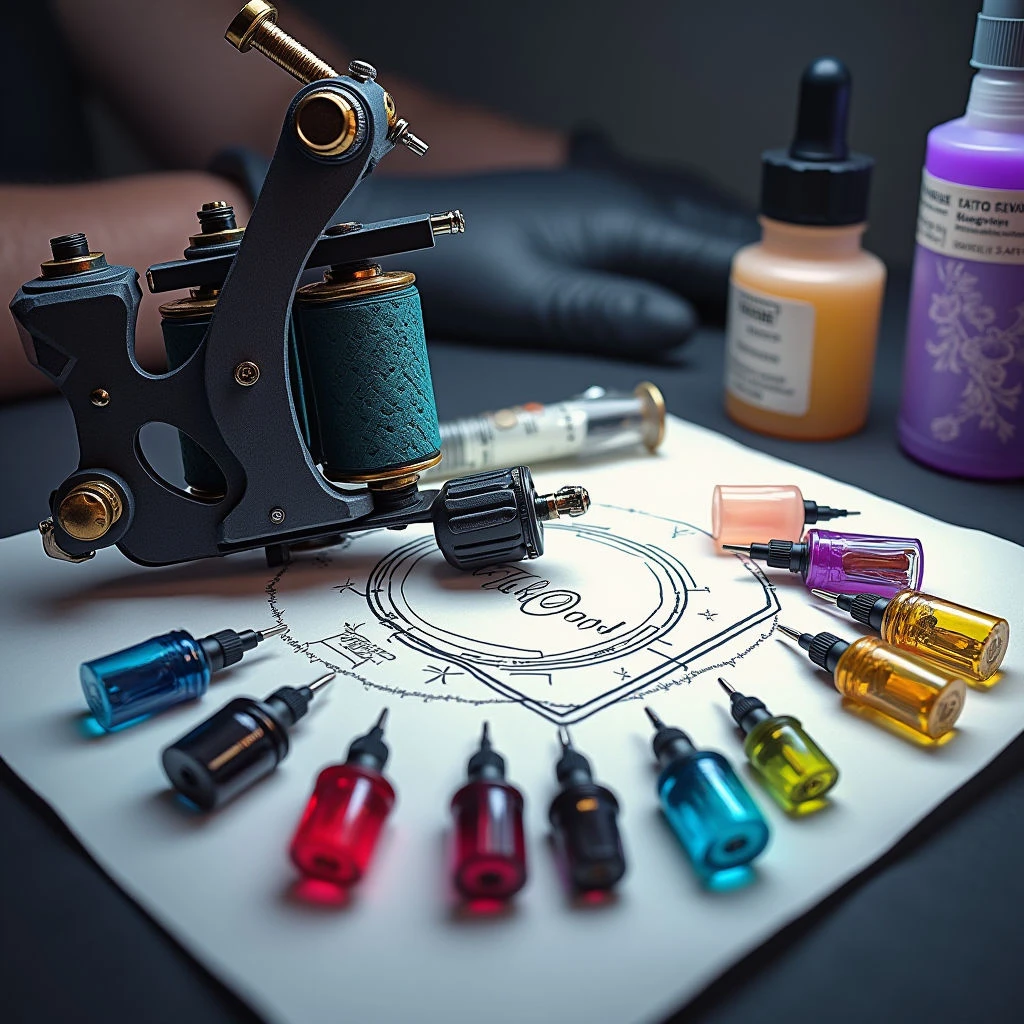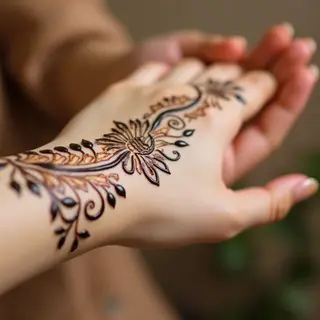Essential Tools & Materials for Tattoo Creation
Creating a tattoo isn't just about artistry; it’s a process demanding specific tools and materials to safely transfer ink beneath the skin. Let’s look at what goes into it.
The Core Components
Tattooing relies on a precise toolkit, each element playing a vital role in the process. From transferring the design to delivering the ink, everything must be handled with care and attention to detail.
Design Transfer
The initial step often involves a stencil. These are created using specialized printers and transfer paper, allowing for an accurate replication of the artwork onto the skin. Careful application is key to ensure proper positioning before any tattooing begins.
The Tattoo Machine & Needles
At the heart of the process is the tattoo machine, an electromechanical device that drives needles into the skin to deposit ink. Modern machines offer adjustable speeds and stroke lengths for precise control—a real game changer compared to older models. A variety of needle configurations are used depending on the desired style; from single needles to magnum groupings. Hygiene here is non-negotiable – these are always disposable.
Ink & Power
The ink itself consists of pigments suspended in a carrier solution, creating the visible tattoo. Regulations regarding ink composition vary by region, so reputable artists prioritize high-quality, sterile inks. The power supply provides electricity to the machine and allows for speed and power adjustments; consistent voltage is vital for safety.
Control & Hygiene
The foot pedal gives the artist precise control over the machine's operation. Small ink caps or cups hold the ink during the procedure, maintaining hygiene and preventing cross-contamination. And of course, cleaning supplies and sterilization equipment—like autoclaves and disinfectant solutions—are absolutely essential for a sterile environment.


